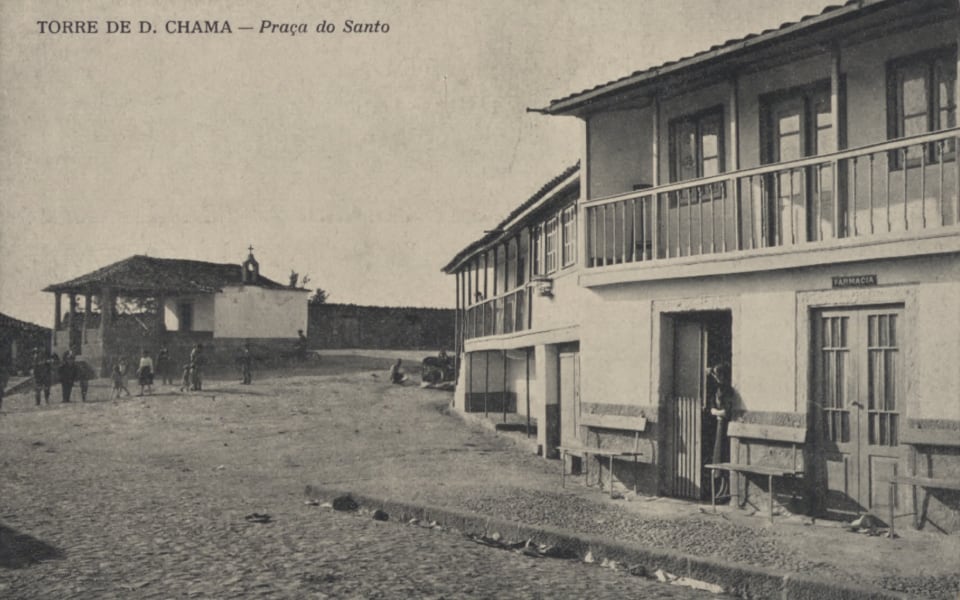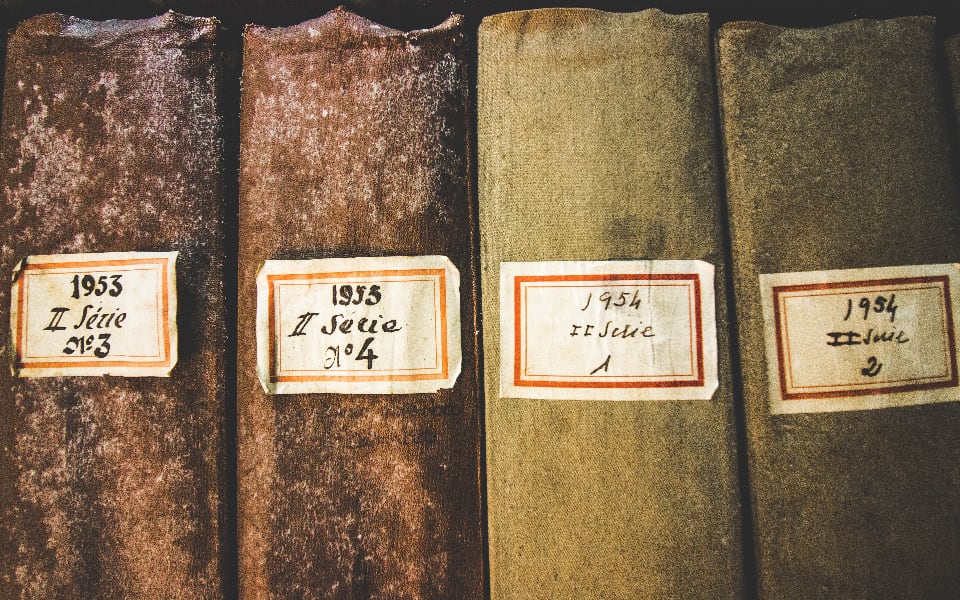Benefit from the same open technologies used by experts at prestigious cultural institutions at your scale.
Delivering enriched high-resolution images is hard and expensive
Browsers don’t handle high-resolution images well natively. To fix that, the open standard IIIF was created. Instead of installing and maintaining an IIIF-compliant server, Retrovisor builds the necessary files (image tiles and metadata) once and uploads them to IPFS, a resilient open and distributed storage network.
Creating high-quality cross-platform viewing experiences is challenging
Because Retrovisor is IIIF compliant, any content you add can be viewed in any IIIF compatible viewer. Successful examples include projects such as Mirador and Universal Viewer, used by galleries, libraries, archives and museums worldwide.
Today’s web was not designed to preserve humanity’s history
Content on the web is addressed by its location using domain names that need to be paid yearly. Combined with other causes, web pages have a short lifespan compared to previous mediums, where creations frequently outlived their creators. Retrovisor uses IPFS where content is addressed by the content itself, meaning a given document will always have the same identifier anywhere and anytime.
Closed platforms offer commodity at the expense of control and ownership
Retrovisor is designed to be replaceable without affecting your collections, since it is only used for building and publishing. You can still manage your content on IPFS with any client or pinning service and the metadata files can be edited with any IIIF-compatible tool, essentially preventing vendor lock-in.
How Retrovisor Works
When you add image files or PDFs to Retrovisor they are optimized, split into small tiles, and optionally enriched with connected third-party services such as Amazon Textract, which performs extraction of text, handwriting and data from scanned documents with Machine Learning.
Learn more about IIIF and the Image API ➝You can edit the items in Retrovisor to add additional metadata, annotate and organize them in collections. This information is stored in JSON files that are compliant with the IIIF Image API and Presentation APIs. We plan to also support search but we are still exploring ways of making this both simple, resilient and compliant with the IIIF Content Search API.
Learn more about Web Annotations and the IIIF Presentation API ➝Both the tiles and metadata files are then added to IPFS where they are cryptographically hashed and given a unique fingerprint called CID, a self-describing content-addressed identifier. Instead of indicating where content is stored, it forms a kind of address based on the content itself.
Learn more about Content Addressing on IPFS ➝Content is served directly from your computer. In order to keep it online, it needs to be pinned by you or anyone else. Retrovisor supports connecting services that are compliant with the IPFS Pinning Service API to automatically pin your content. As long as someone in the network is pinning the content, it will stay accessible to everyone through the same link. Content in the IPFS network can be accessed from regular browsers using an IPFS Gateway.
Learn more about IPFS Pinning Services ➝Your content can be displayed in any IIIF-compatible web viewer. Retrovisor will include an interface to configure a viewer tailored to the needs of your visitors, from fully-featured to minimal UIs for single documents, to collections and exhibits.
Learn more about IIIF Viewers ➝Example Use Cases
Retrovisor’s audience is everyone that has access to cultural heritage documents and have the required rights to distribute them publicly. But it is flexible enough to be used in other contexts.

Olivia leads a local group who has gathered a set of old photographs, drawings, some handwritten poems and historic information about the village she grew up in. They decided to make them available on the web but also create information panels, each one with a different QR Code, that will be displayed throughout the village. Retrovisor could be used to group these documents in IIIF collections with metadata, including annotations, to build a web viewer and store everything in the distributed network IPFS.

The Parish Council received the assets of a local newspaper founded in 1926 and closed in 1974. The newspaper's assets represent an important testimony about the area. The Parish Council will now take care of handling the entire estate in order to make it available to the community. Retrovisor could be used to publish these materials on the permanent web while using open standards that prevent vendor lock-in.